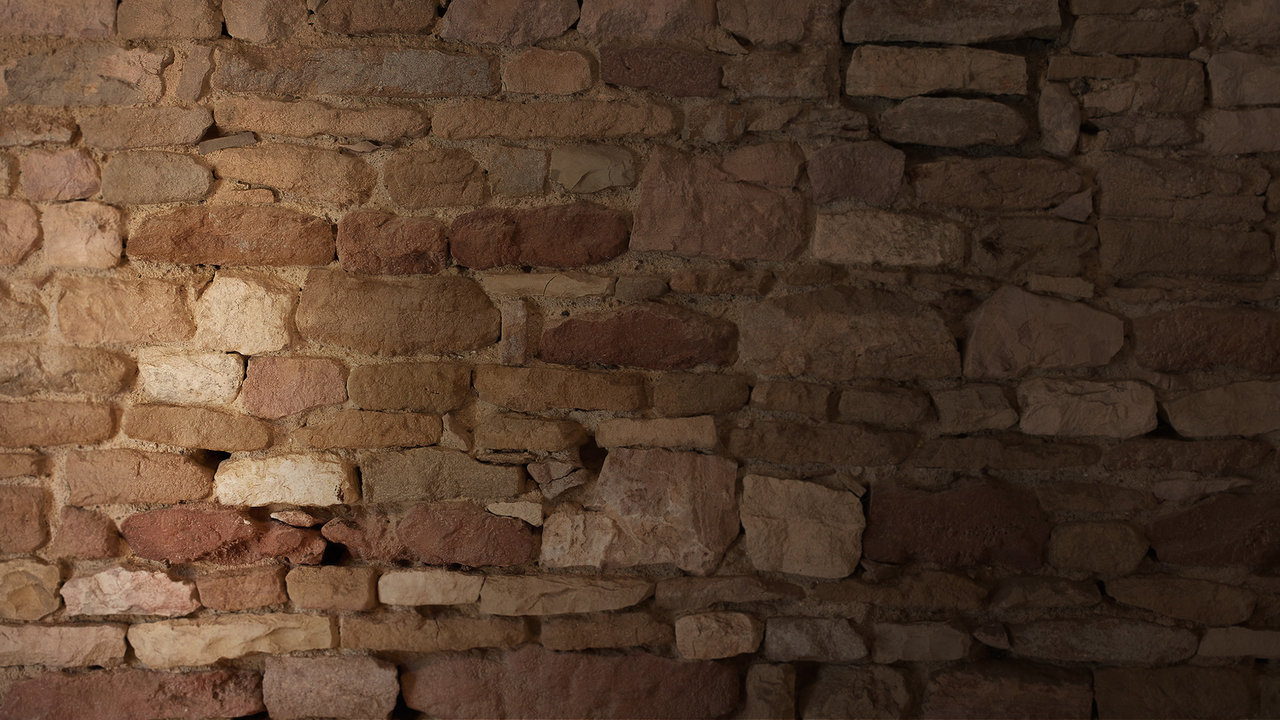Gevrey-Chambertin
Premier Cru "La Perrière"
 Terroir
Terroir
Planted in 1960 and 2011.
Totale area : 27,34 ares (0,67 acres)
Climat & Soil : Lightly slope with pebbles. Historically, a shallow quarry existed before to fill it with vineyard. Deep and clay soil.
Totale area : 27,34 ares (0,67 acres)
Climat & Soil : Lightly slope with pebbles. Historically, a shallow quarry existed before to fill it with vineyard. Deep and clay soil.
 Winemaking and Aging
Winemaking and Aging
To preserve their integrity, grapes are carefully harvested and sorted out by hand.
Before beginning the alcoholic fermentation we make a cold pre-fermentation during 4 to 6 days to work on the phelonic component's exctraction. Then full maceration lasts for 15 days during which we'll use only pigeages (punching the cap). Intensity and numbers are lead to the concentration of tannins, perfumes and colour.
Alcoholic fermentation is realized with natural yeasts.
After maceration, free and press juices are separated for aging.
Aging process is taking place 100% in traditional Burgundian 228 liters barrels during 15 months with 40% of new barrels.
We only use French oak coming mainly from Bourgogne, Allier and Vosges forests.
Before beginning the alcoholic fermentation we make a cold pre-fermentation during 4 to 6 days to work on the phelonic component's exctraction. Then full maceration lasts for 15 days during which we'll use only pigeages (punching the cap). Intensity and numbers are lead to the concentration of tannins, perfumes and colour.
Alcoholic fermentation is realized with natural yeasts.
After maceration, free and press juices are separated for aging.
Aging process is taking place 100% in traditional Burgundian 228 liters barrels during 15 months with 40% of new barrels.
We only use French oak coming mainly from Bourgogne, Allier and Vosges forests.
 Tasting notes
Tasting notes
EYE
Lovely garnet colour with purple reflects.
NOSE
The nose is fruity with black fruits aromas (cassis, blueberry). Slightly toasted.
PALATE
On the palate, the wine is powerful and smooth.
Tannins are well integrated. We find again the black fruits aromas. Very good length.
Lovely garnet colour with purple reflects.
NOSE
The nose is fruity with black fruits aromas (cassis, blueberry). Slightly toasted.
PALATE
On the palate, the wine is powerful and smooth.
Tannins are well integrated. We find again the black fruits aromas. Very good length.
 Food and wine pairings
Food and wine pairings
Our Gevrey-Chambertin Premier Cru La Perrière 2016 will perfectly pair with small game as jugged hare or game birds as well as cheeses as Brie de Meaux.
 Service and cellaring
Service and cellaring
It can be served at the ideal temperature of 13-14°C or kept in cellar between 8 to 10 years
 Art of tasting
Art of tasting
Owning great wines in your cellar is not enough, you also need to know how to serve them.
Temperature is an essential element around 53-57°F for the white and 55-59°F for the red. And if you don't have the right tasting glass which will amplify the wine's aromas, you may considerably reduce your tasting pleasure.
A great glass gives a large ventilation surface to the wine and a tightening neck more allow the nose to grasp more casily the richness and the complexity of a great wine.
Temperature is an essential element around 53-57°F for the white and 55-59°F for the red. And if you don't have the right tasting glass which will amplify the wine's aromas, you may considerably reduce your tasting pleasure.
A great glass gives a large ventilation surface to the wine and a tightening neck more allow the nose to grasp more casily the richness and the complexity of a great wine.


